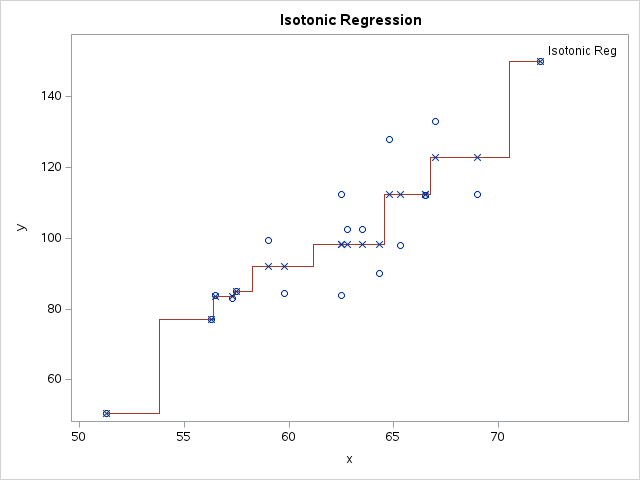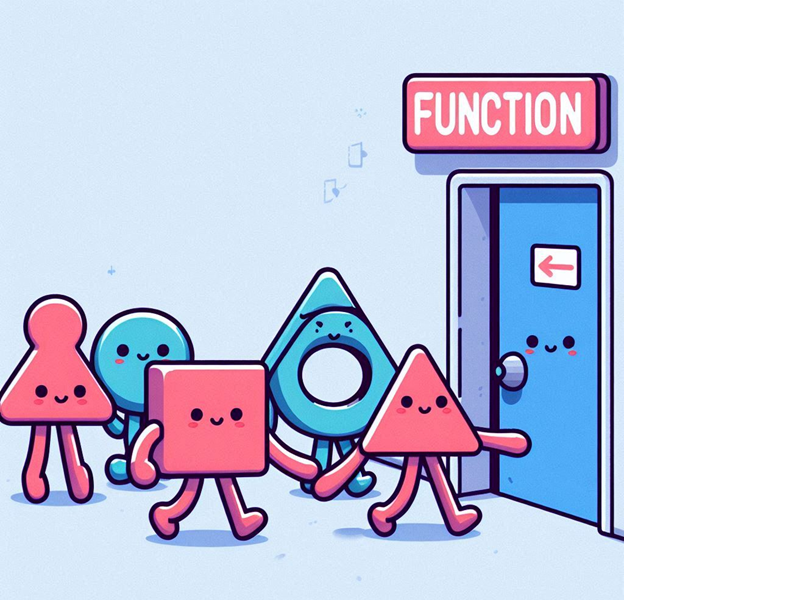 A good data analyst has to be focused, methodical, creative, rigorous, analytical and more when doing their work. If that is not enough, when presenting their work the wisdom of a philosopher may be required. It seems the requirements do not stop. The analyst is wise to remember the words of the Chinese philosopher Mencius, “Truth uttered before its time is always dangerous.” When attempting to explain analytics the analyst is required to read each situation and decide what is appropriate. And what is appropriate can change with a project, audience or presentation. With all this in play, unfortunately, one more burden is added all too frequently: the “you’ve got 10 minutes” scenario. Two months of work, then 10 minutes to present rigorous analysis.
A good data analyst has to be focused, methodical, creative, rigorous, analytical and more when doing their work. If that is not enough, when presenting their work the wisdom of a philosopher may be required. It seems the requirements do not stop. The analyst is wise to remember the words of the Chinese philosopher Mencius, “Truth uttered before its time is always dangerous.” When attempting to explain analytics the analyst is required to read each situation and decide what is appropriate. And what is appropriate can change with a project, audience or presentation. With all this in play, unfortunately, one more burden is added all too frequently: the “you’ve got 10 minutes” scenario. Two months of work, then 10 minutes to present rigorous analysis.
I thought it was just me. But it is not, it is a common complaint. “What do I do when my management says I have 10 minutes to present my work?” I get asked that question frequently in class, far more than I wish I did. The fact that this continues to occur indicates that too often management does not get analytics and does not value analytics as they should – at least not yet. At its heart analytics is an activity to take a deep dive at a subject. It replaces anecdotal information with detailed information. It replaces fuzzy understanding with specific answers. It requires us to think harder about a subject. All of this does not fit into a 10-minute discussion. But it is worse than that, consciously or un-consciously management is also saying the following:
“Don’t tell me anything I do not agree with.”
No executives worth their pay grade are going to change their minds, or change a decision based on a 10 minute discussion. Therefore, the only conclusion is they do not expect you to come up with anything that should cause them to have to change their minds. “Truth uttered before its time is always dangerous”: yes, that sounds like an unexpected finding presented without enough time, background and support (in 10 minutes).
I would like to think this is too harsh an assessment, but in my Explaining Analytics to Others class it comes up in every class in some form. This situation is unfortunately real, common and likely will not change soon.
How is the analyst to handle this situation?
Taking the simple situation first, we can discuss what to do if results do confirm existing mindsets. If so, shoot for 5 minutes. Shoot for one slide, one pager, 3-5 summary statistics. Say “life is great” and move on. Just request that you get the 5 minutes back sometime later on a deeper subject. Make sure they understand you are serious with that request.
There is method to this madness. Running against the grain of many business activities, the data analyst is playing the long game. Data driven decisions and data driven organizations do not happen overnight, do not happen in one meeting. The analyst needs to be ready to play the long game, each piece of work plays on the last, increasing understanding and usefulness. People do not change overnight and organizations change even slower. Build for that later date.
That brings us to the second scenario, that is you have reached conclusions that should change opinions, the understanding of the marketplace, operations or more importantly should change decisions. In short, your findings do not agree with conventional wisdom.
In this scenario, given the opportunity to offer one slide, the temptation is to fill the slide with as much information as possible. Crowd it with information and hope to get as much out as you can. Tempting as it is, maybe it is not the best idea. The goal is to get the information remembered (and eventually used). The brothers Dan and Chip Heath have a good word for this. They say you want “sticky” ideas, ones that are remembered. In their book Made to Stick, they discuss various ideas of what causes ideas to stick. It is safe to say one of the methods is not overwhelming people with too much information quickly. So what to do?
The honest assessment of the 10-minute situation that your effort is not valued is harsh, tough to hear and think about. Yes, but we should accept that on a level it is true. We are back to the discussion on the long game. Our goal is to increase value and perceived value. One trick the Heath brothers recommend is the use of the power of curiosity. They cite the work of George Lowenstein, Lowenstein’s work points out an important conclusion. People value information more if first they have curiosity raised. As defined by Lowenstein curiosity means “there is a gap between what we know and what we want to know.” Stated this way, and with research behind it, the thought is obvious. If we are able to get our audience thinking about a subject they start asking their own questions, they start pondering and putting time into it. It becomes an itch that needs to be scratched.
If possible with the 10 minutes we should present some information, but instead of trying to achieve a quick change of mindsets, we should turn that information into thoughtful questions – leave the audience with unanswered questions. Potential answers can be presented if simple enough, but more likely we need to leave harder more detailed questions unanswered. To increase the perceived value of our work, have it understood and used, we have to create curiosity first. We have to play the long-game.
Again, each situation is different and what is appropriate needs to be read by the analyst, but there is wisdom in that almost two-thousand-year old quote, “Truth uttered before its time is always dangerous.” Sometimes playing the long game is needed.





4 Comments
Wonderful post Jeff! Thanks a lot for sharing your thoughts on managing such situations.
Regards,
Kunal Aman
Thank you. Unfortunately, it will likely prove to be an iterative process -- one step at a time.
I would greatly appreciate you letting me know what works for you.
Thank you for a thought-provoking blog. I guess you increased my curiosity. :-)
Just try to keep the curiosity under control :)